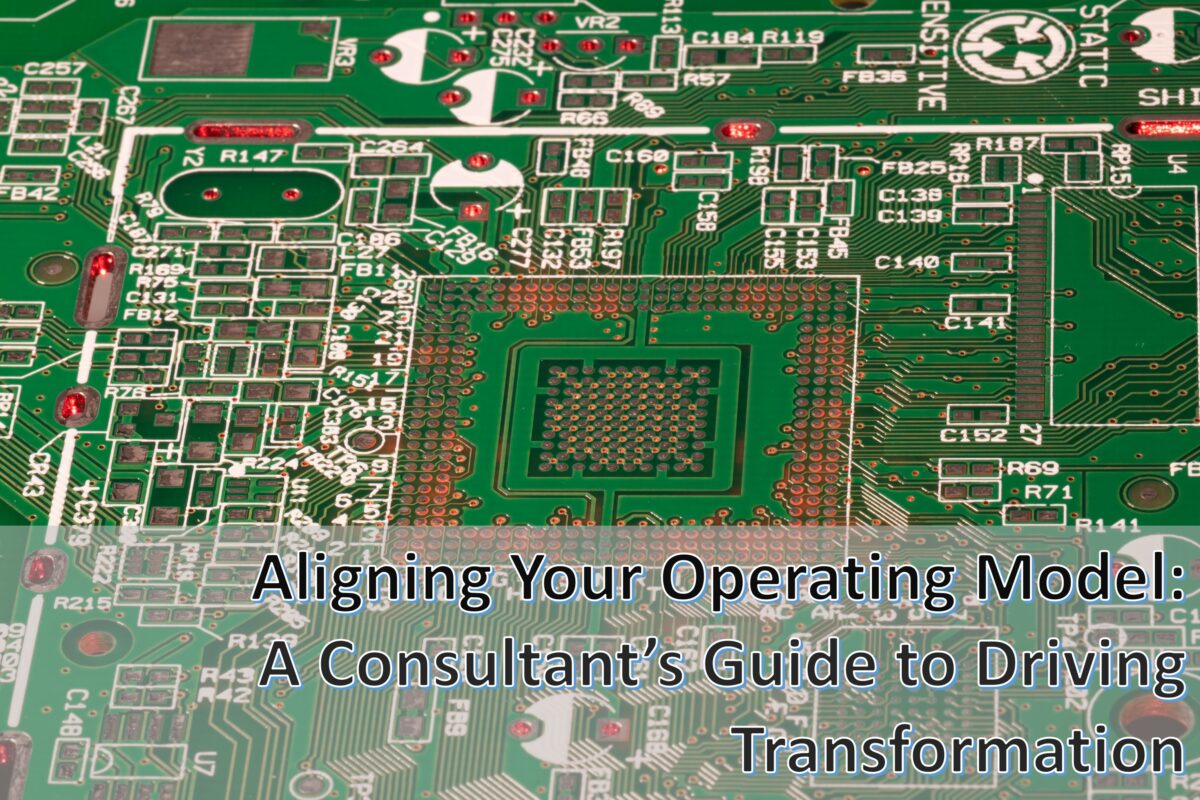Whether it’s a transformation, post-merger integration, or carve-out — the success of complex programs isn’t decided during execution. It starts right at the beginning: in the very first workshop.
🎯 Why a Kickoff Workshop Is Indispensable
Before action plans are written, resources allocated, or processes adjusted, every transformation effort needs one thing above all: a common foundation.
A well-prepared, professionally facilitated workshop with the C-level and key leadership team lays that foundation.
Core objectives:
• Alignment on the target picture and timeline
• Identification of risks and opportunities
• Initial outline of governance, roles, and workstreams
• Scoping of internal and external resource requirements
👥 Plan Resources Realistically — Don’t Just Hope for the Best
Especially in PMI and carve-out scenarios, it quickly becomes clear how easily teams are stretched thin — even when motivation and know-how are strong.
My rule for successful programs:
𝗥𝘂𝗹𝗲 #4: 𝗥𝗲𝘀𝗼𝘂𝗿𝗰𝗲 𝘆𝗼𝘂𝗿 𝗽𝗿𝗼𝗴𝗿𝗮𝗺 𝘄𝗶𝘁𝗵 𝘁𝗼𝗽 𝗽𝗲𝗼𝗽𝗹𝗲.
Availability is not a skill set. Transformation is more than a side hustle — handle it with people who have a track record of delivery.
Business continuity comes first — and that often leaves little time for things like aligned target pictures, role clarity, or cultural integration. That’s why it’s key to:
• Define internal and external resources early
• Appoint a program lead from day one
Experience shows that a seasoned program lead with cross-functional understanding keeps the effort on track — especially when internal teams lack capacity or specific expertise.
🧭 Focus Over Frenzy
A kickoff workshop is more than a formality — it’s the starting point for clarity, structure, and focus. Even the best teams can’t do everything at once.
Those who take transformation seriously ensure:
• A clear framework for action
• A shared understanding of the target state
• A setup that reflects day-to-day realities
If you’re currently working on or about to start a transformation, PMI, or carve-out initiative — feel free to reach out. Let’s connect and exchange perspectives.








